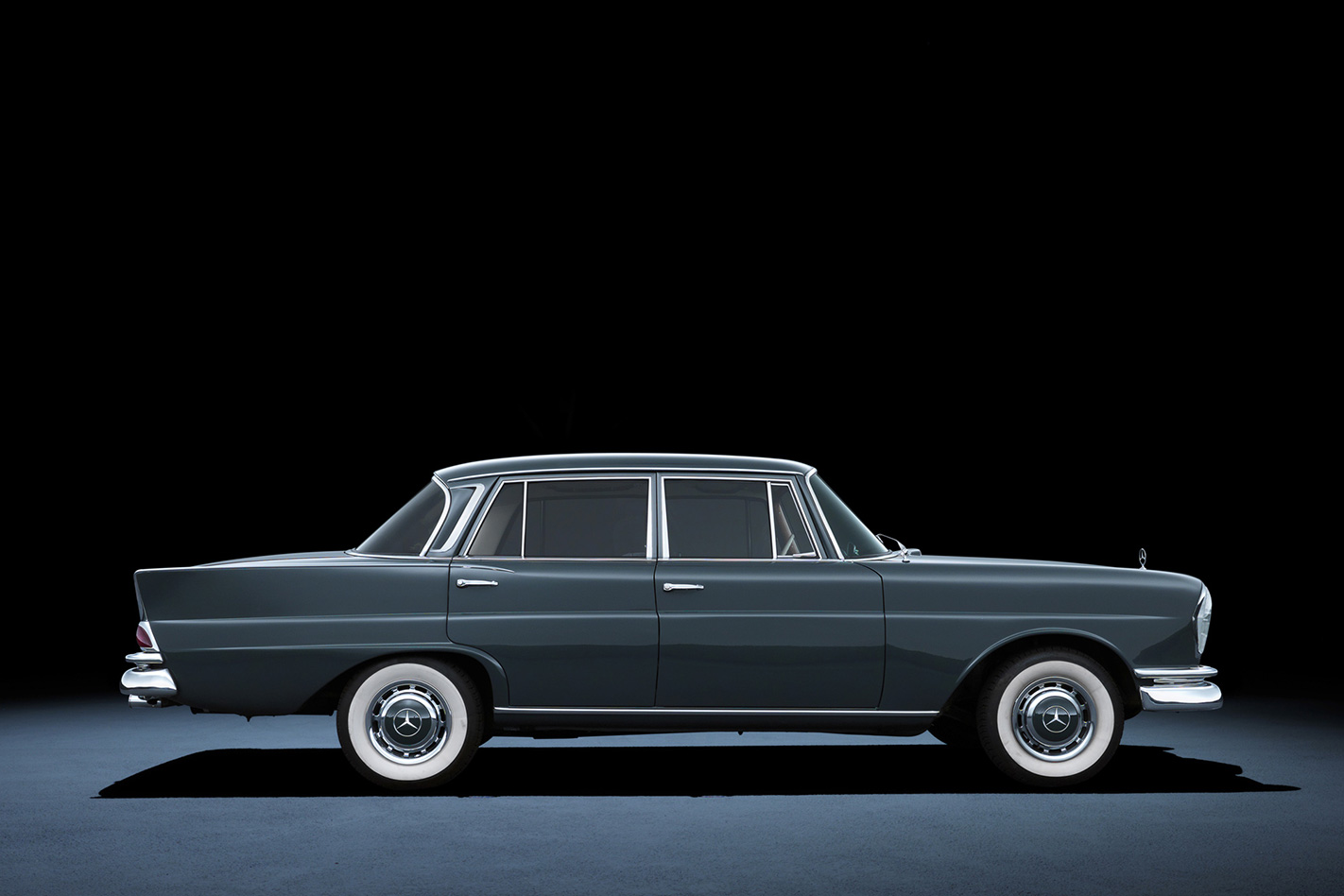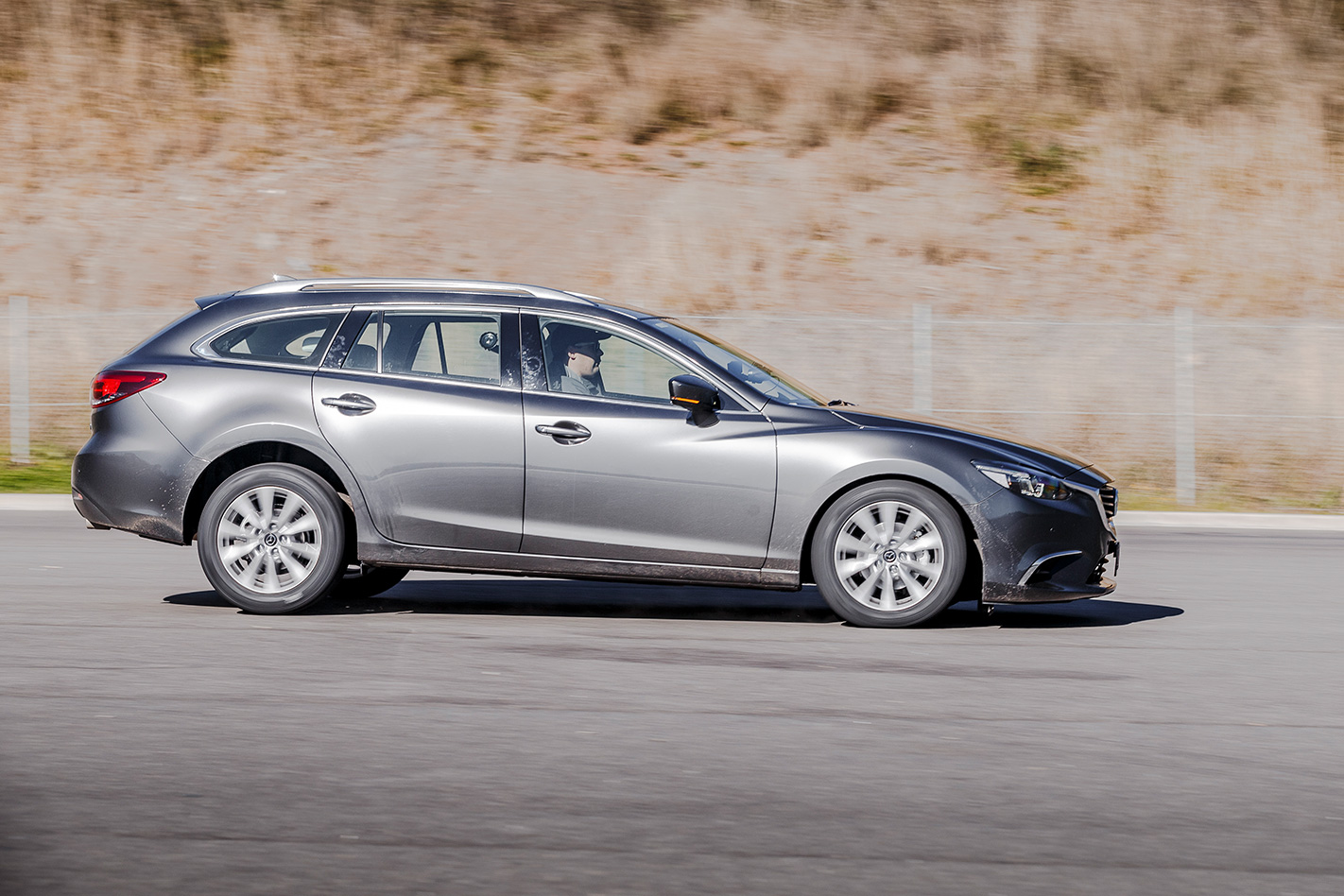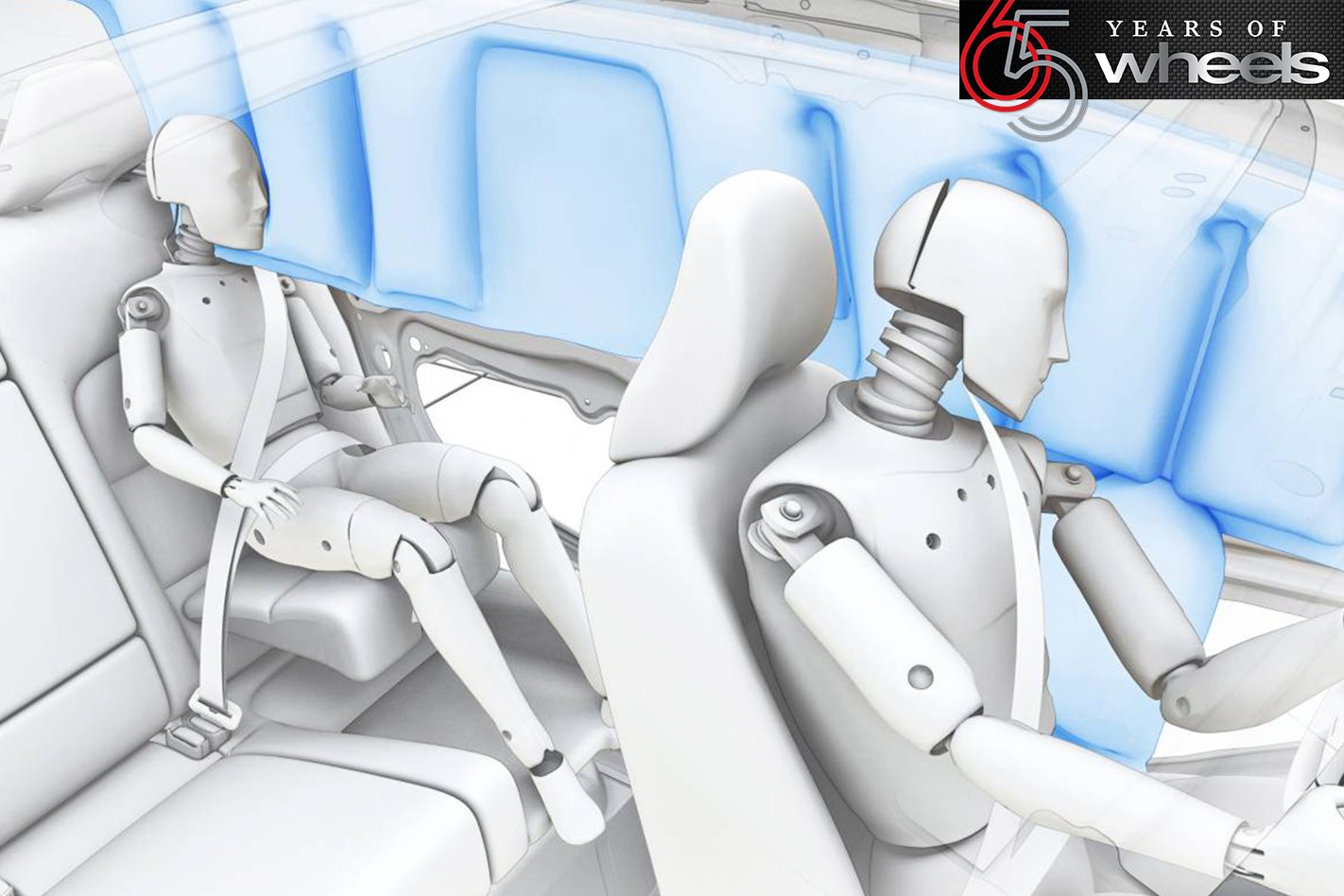It’s official: Wheels is 65 years old. But this series isn’t about us. To celebrate our 65th, we thought we’d take a look at the decisions that have changed the automotive world over the last six and a half decades. Some were inspirations that altered it for the better, others were engineering dead ends, nefarious cover-ups and valiant flops. Scroll on to read more, then click here to explore all 65 cars, people, game-changers and failures that have influenced the car industry since 1953, in no particular order.
1. Crumple zones

Until the mid-1950s it was accepted that a strong, rigid car was a safe one. Celebrated Mercedes-Benz engineer Bela Barenyi challenged this notion and successfully patented the concept of a vehicle crumple zone in 1937 and in a more developed form in 1952. It took until ’59 and the Mercedes-Benz W111 before a series production car featured crumple zones. Engineering and materials advances have since seen the creation of dedicated crash structures and the concept of load pathways refined and improved. The active safety features that followed make today’s cars even safer. But when it comes to the crunch you can thank the crumple zone engineered into every monocoque car (but not separate-chassis 4WDs), Mercedes-Benz and an Austrian visionary for the fact you could walk away.
2. Seat belts

Australia led the way with the seatbelt, as the first country to make the use of this new vehicle safety device compulsory, starting in Victoria in 1970. It had been a long road from the invention of the seatbelt by English engineer George Cayley – he was granted a patent in 1885 – to its arrival as an option, first in Nash (1949) and then Ford (1955) models. In 1958, Sweden’s Saab was the first to make seatbelts standard.
3. Airbags

American John W. Hetrick was granted the first airbag patent in 1951 and airbags as a replacement for seatbelts were trialled in the early 1970s by GM and Ford. Mercedes-Benz led the way in production, offering the tech in its 1981 W126 S-Class, with Chrysler and Honda soon following suit. From early driver-only airbag installations, today’s cars utilise front, side and curtain airbags, driver’s knee airbags and even seatbelt airbags. Although exact figures would appear hard to come by, the NHTSA claims that airbags saved 44,869 lives in the US between 1987 and 2015.
4. ABS

Anti-lock brakes first appeared on models from the US Big Three and Nissan in 1971, and automates the principles of threshold or cadence braking. As active safety goes, being able to stop the car, or manoeuvre around a potential collision, are two of the most fundamental crash avoidance abilities.
By preventing the wheels from locking, skidding is reduced to a minimum, reducing stopping distances on smooth and slippery surfaces. And with ABS at work, tractive contact and therefore steering ability is maintained – something that is not possible with the wheels locked.
5. Stability control
Australia was on the global forefront when, in June 2009, it was announced that electronic stability control would be compulsory on all new passenger vehicles sold here from November 2011. The crash-avoidance technology, which uses sensors to continuously compare steering angle with the vehicle’s course to establish whether the driver has control, first appeared in 1995 when Mercedes-Benz, BMW and Toyota introduced their first ESC systems, prior to the infamous Elk Test of 1997 (see opposite).
It’s official: Wheels is 65 years old. But this series isn’t about us. To celebrate our 65th, we thought we’d take a look at the decisions that have changed the automotive world over the last six and a half decades. Some were inspirations that altered it for the better, others were engineering dead ends, nefarious cover-ups and valiant flops. Scroll on to read more, then click here to explore all 65 cars, people, game-changers and failures that have influenced the car industry since 1953, in no particular order.





